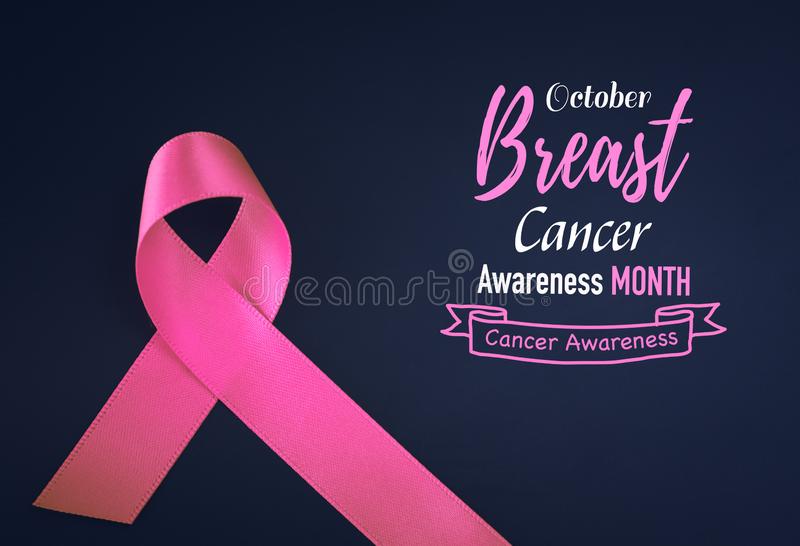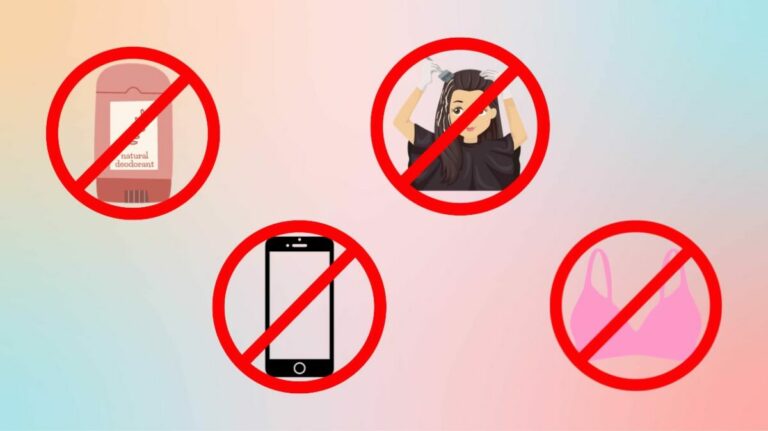

By Dr. Mita Patel
Breast cancer is the second most common cancer in women, next to skin cancer, accounting for 1 in 3 new cancer diagnoses in women each year. For men, the incidence of male breast cancer is 1 in 833.
When understanding the disease and its impact on the body, it’s important to have the facts. There are many myths about breast cancer. I am going to set the record straight and bust these common breast cancer myths.
Myth #1: Having a lump means you have breast cancer.
While having lumps can be sign of breast cancer, most lumps are benign (not cancerous). In fact, in the earliest stages of breast cancer, there may not be a lump that you can feel during a self-exam and some patients with breast cancer may never feel a lump.
Other signs and symptoms of breast cancer can include swelling of the breast, redness and irritation, nipple changes or discharge, breast or nipple pain and changes in the shape or texture of your breast. There can be many indications of breast cancer, which is why it’s important to conduct self-breast exams every month and watch for changes in your breasts. It’s equally important to get an annual mammogram if you are aged 40 or older.
Myth #2: Your mammogram can spread and even cause breast cancer.
The pressure from a mammogram does not cause breast cancer, nor can it spread it if you have it. Mammograms are the number one tool for early detection and save lives every day.
While mammograms do release very small doses of radiation, any risks from this exposure are incredibly low. The benefits of detecting breast cancer through a mammogram far outweigh the small doses of radiation you will receive.
While no mammogram is foolproof when it comes to detection, they are still the best way to catch breast cancer. Yearly mammograms beginning at age 40 are essential for early detection, as breast cancer can develop between annual screenings. Between your annual mammograms, you should continue regular self-exams and watch for any changes to your breasts.

Myth #3: You can get breast cancer from deodorant, bras, hair dyes, and your cell phone.
No, you don’t have to throw away your bra with an underwire or forego deodorant. There is no scientific evidence that links breast cancer diagnoses and underwires, antiperspirant, cell phones, hair dyes or various foods.
However, there is research that indicates certain environmental and lifestyle aspects that can increase your risk. Maintaining a healthy weight, exercising, and limiting alcohol consumption can all lower your risk of breast cancer, as can quitting smoking if you are a smoker.
Myth #4: I don’t have a family history of breast cancer, so I won’t get it.
While many think that most forms of breast cancer are inherited, most often people diagnosed have no family history of breast cancer. In fact, according to the American Cancer Society, only 5 to 10% of breast cancers are hereditary, or passed down from parent to child through genes.
This means that, unfortunately, the most common risk factors of getting breast cancer are being a woman and being above the age of 40. However, if any of your family members or close relatives have a history of prostate, ovarian or breast cancer, share this with your physician so they are aware of your potential higher risk.
Myth #5: Breast cancer only occurs in women.
Men can also be diagnosed with breast cancer. According to the CDC, about 1 out of every 100 breast cancers diagnosed in the United States will be found in men. Unfortunately, this is oftentimes diagnosed as more advanced stages of cancer, as men are less likely to watch for breast changes or lumps.
If you’re a man with a family history of breast, ovarian or prostate cancer and you want to stay proactive, notify your doctor about higher risk. In addition, pay attention to any changes, lumps in the breast or swelling of the lymph nodes in the collar bone or around the arm. While these changes might not indicate cancer, it is important to contact your health care provider as soon as possible if you notice them.

October is breast cancer awareness month, but the threat of developing or being diagnosed with this disease can happen all year long. The best way to stay vigilant and prevent breast cancer is to schedule your annual mammogram, get a yearly breast exam, conduct regular self-exams and work with your health care provider.

*Mita S Patel, MD, is a breast surgical oncologist and medical director of the Mercy Health - Breast Program. Dr. Patel treats patients from northeast Ohio at Mercy Health — Sheffield Breast Surgery, Mercy Health — Elyria Breast Surgery and Mercy Health - Oberlin Breast Surgery.





Monthly newsmagazine serving people of Irish descent from Cleveland to Clearwater. We cover the movers, shakers & music makers each and every month.
Since our 2006 inception, iIrish has donated more than $376,000 to local and national charities.
GET UPDATES ON THE SERIOUS & THE SHENANIGANS!